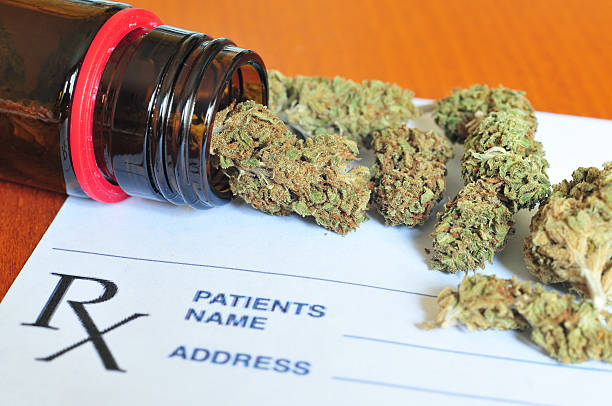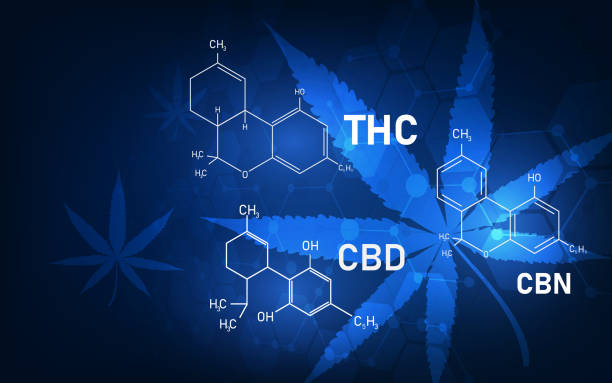Article by: Reports and Data
Because marijuana has “no recognized medical purpose,” the US Congress banned the use of cannabis through the Controlled Substances Act in 1970. However, since then, further study has revealed that marijuana can have significant medical benefits. Medical marijuana proponents are of the opinion that it can be a safe and effective treatment for cancer, multiple sclerosis, AIDS, pain, epilepsy, glaucoma, and other ailments.
Scores of peer-reviewed studies, well-known medical organizations, big government publications, and the long history of marijuana use as a medication have shown the efficacy of medical marijuana.
Medical marijuana is one of the few topics that can elicit strong reactions from doctors, scientists, researchers, policymakers, and the general people.
Opponents of medical marijuana contend that it is too risky to use, that it lacks FDA approval, and that the use of other legal medications eliminates the need for marijuana. Marijuana is said to be addictive, leads to the use of heavier drugs, interfere with fertility, impair driving abilities, and harm the lungs, immune system, and brain.
Medical marijuana, they claim, is only a front for drug legalization and recreational usage.
But EU member nations, like France, Romania, and the Czech Republic, have recently authorized medical marijuana. For instance, medical cannabis extract, Sativex, has been licensed for usage in 17 European nations, with nine of them having already made it available. Marijuana is currently legal in 29 states and the District of Columbia in the United States. According to federal authorities, marijuana is still unlawful.
However, 85 percent of Americans want medicinal marijuana to be legalized, and it is estimated that at least a million people in the United States consume it currently.
Marijuana That Doesn’t Deliver A “High”

As CBD (which stands for cannabidiol) a component of marijuana has minimal, if any, intoxicating characteristics, this extract from the hemp plant is the least controversial. Marijuana contains about 100 active ingredients. THC (tetrahydrocannabinol) is the molecule responsible for the “high” associated with marijuana usage. Because CBD-dominant strains contain little or no THC, patients report little to no change in consciousness.
Patients do report a variety of CBD advantages, ranging from sleeplessness relief, anxiety relief, spasticity relief, and pain relief to the treatment of potentially life-threatening disorders like epilepsy.
Dravet syndrome is a type of infantile epilepsy that is nearly impossible to control, but it responds well to Charlotte’s Web, a CBD-dominant strain of marijuana.
Medical Marijuana’s Applications
In the United States, medical marijuana is most commonly used to treat pain. While marijuana cannot treat severe pain such as post-surgical pain or a broken bone, it is effective in treating chronic pain, which affects millions of people, particularly as they get older.
Its attractiveness stems from the fact that it is plainly safer than opiates as it is difficult to overdose on and far less addictive, and it can be used in place of NSAIDs like Advil or Aleve if patients are unable to take them owing to kidney, ulcer, or gastroesophageal reflux diseases.
Marijuana can help with the pain of multiple sclerosis, as well as nerve pain in general. There are few alternative options in this area, and those that do, like Neurontin, Lyrica, or opiates, are quite sedating. Marijuana allows people to resume their daily activities without feeling drowsy or incapacitated.
Marijuana is also an effective muscle relaxant, with users testifying that it can help Parkinson’s patients minimize tremors. It is also said to be useful in fibromyalgia, endometriosis, interstitial cystitis, and a variety of other illnesses where chronic pain is the most persistent problem.
Marijuana is can also treat glaucoma and can help with nausea. Its application in treating PTSD in veterans returning from conflict zones is a very promising field of research. Many veterans and their therapists claim significant improvements and call for greater research as well as a relaxation of government limits on its research related to this field. Patients who suffer from HIV-related discomfort, wasting syndrome, irritable bowel syndrome and Crohn’s disease, have been reported to benefit from medical marijuana.
Many people are wanting to learn more about medicinal marijuana but are hesitant to discuss it with their doctor.
This is partly due to the medical community’s general dismissive attitude toward the problem. Doctors are now trying to catch-up with popular trends, attempting to stay ahead of their patients’ understanding of the situation.













1 thought on “Legalization of Medical Marijuana Gives New Hope to Patients of Chronic Pain”
Comments are closed.